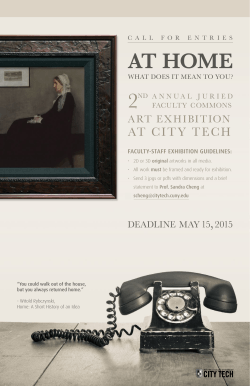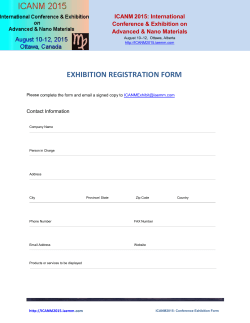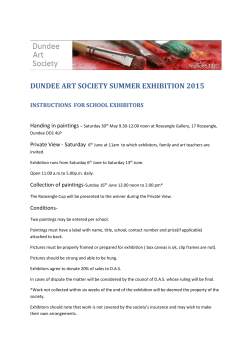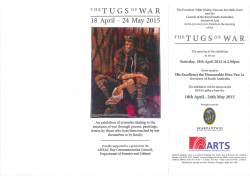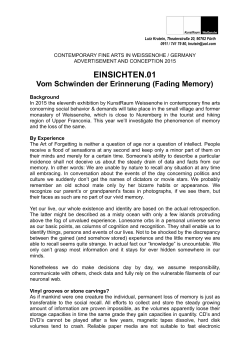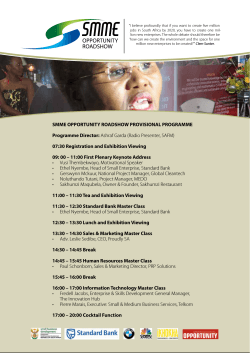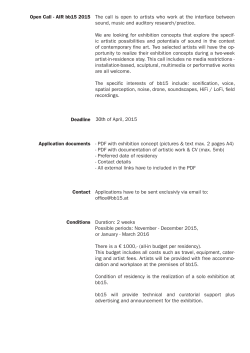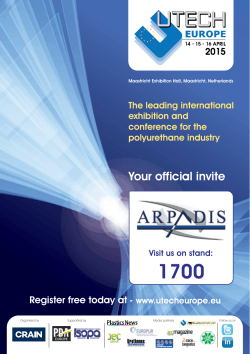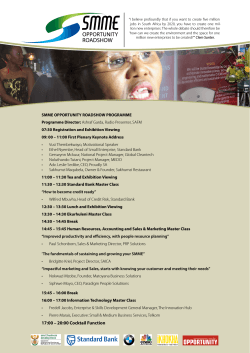
Sit amet, consectetuer adipiscing elit, sed diam nonummy nibh
Italian Baroque Painting in Croatia By Radoslav Tomić The exhibition presents the Italian artists creating in the period between the Council of Trent and the Napoleonic era, i.e. from the late 16th century until 1800. We all know the extent of the influence that the Council of Trent exerted on the position of visual arts and their role in the framework of the Catholic Church. On the other hand, the Napoleonic wars altered the political map of Europe, especially in Italy and Croatia. At the time, the entire region along the Dalmatian coast, with the exception of the Republic of Ragusa (or Dubrovnik), belonged to the Republic of Venice. Whole territory, from Istria to Boka Kotorska, was predominantly under the influence of the Venetian school of art whereas artist from the central and southern parts of Italy, foremost from Naples, left a visible mark in Dubrovnik. The exhibition follows the development of styles and art periods during that long period of time that comprises Late Renaissance and Mannerism, Early, High and Late Baroque, Rococo and Classicism. The concept of the exhibition connects several logical units defined in terms of style and theme. The first chapter is titled The Forefathers and it presents the artists whose artwork reflects experiences from the Renaissance and gradually introduces the works of art created by influential artists from diverse schools of painting from the Apennine Mountains; i.e. from Venice, Central Italy, Rome, Naples and whole southern Italy. Altarpieces with very popular motifs at the time dominate sacral art. Those motifs are mostly linked to the cult and worship of Mother of God and several saints ranging from martyrs from the Early Christianity to ‘new’ local patron-protectors of Croatian coastal communities and dioceses (Saint Domnius, Saint Blaise, Saint Anastasia…). The Baroque style introduced a host of thematic novelties in visual arts, such as genre scenes (scenes from everyday life), vedutas, still-life painting, and scenes of battles, landscapes and marinas. Our art collectors might find the scenes of battles especially interesting since they have been linked to historic battles against the Turks where many people from all Croatian regions fought. The most exquisite art collection has been preserved in Vodnjan owing to the legacy of the painter Gaetano Grezler whereas Maltese’s masterpiece presently belongs to the Strossmayer Gallery of Old Masters in Zagreb. The paintings with profane themes are particularly precious, such as allegories, scenes from Greek and Roman mythology and history, works inspired by literature and historical themes. Such works of art were very popular and they were often commissioned by art collectors from all parts of Europe and all social statuses, from royal dynasties and nobility to seafarers and educated citizens and intellectuals. For the first time, this exhibition provides a comprehensive overview of the most valuable Italian masters’ paintings in Croatia from the 17th and 18th century. It does not only showcase the works of art found along the Dalmatian coast but also artwork from Zagreb, found in churches, monasteries, museums and private collections. The exhibition also holds the paintings from Bosnia and Boka Kotorska (Monte Negro) aiming to present artwork commissioned by Croatians outside of the country. The general public, scholars and art lovers will have an opportunity to find an „ideal“ gallery of baroque paintings created by masters from different Italian schools of art in one place.
© Copyright 2025
